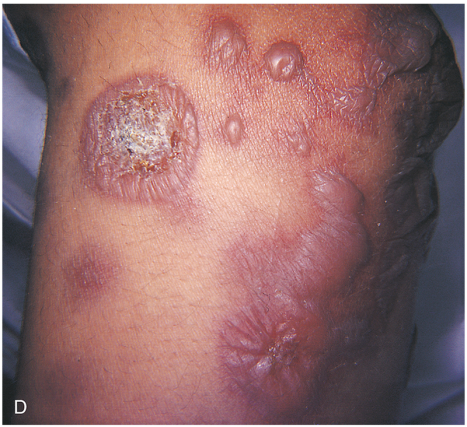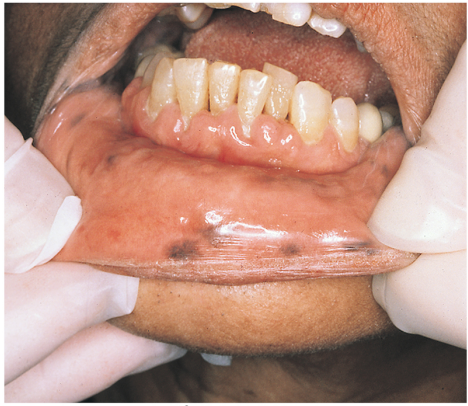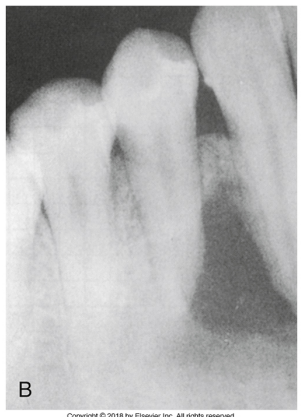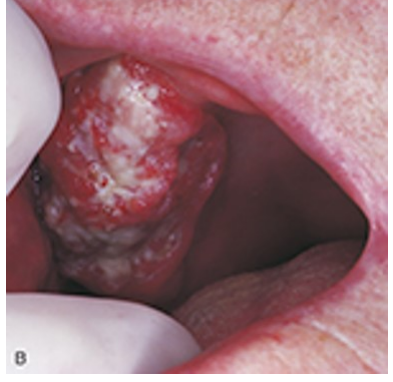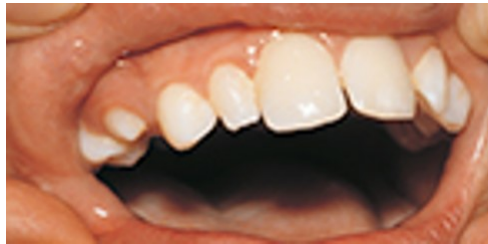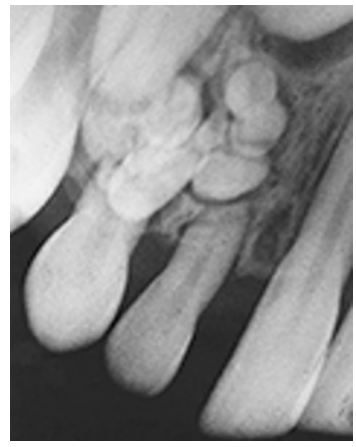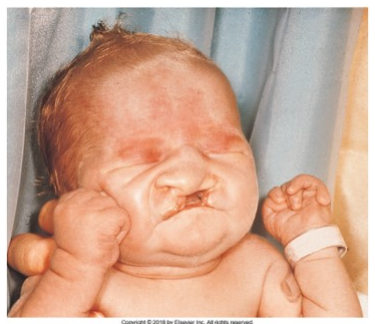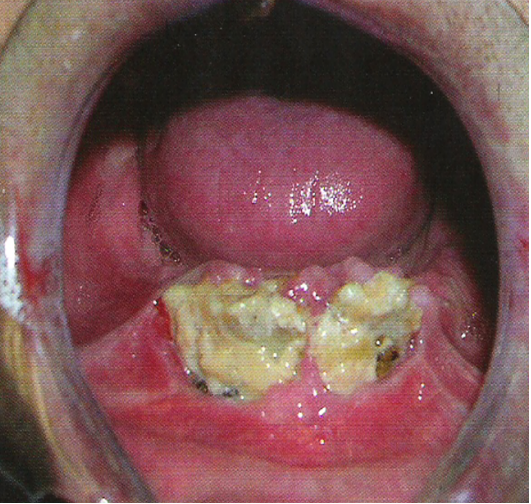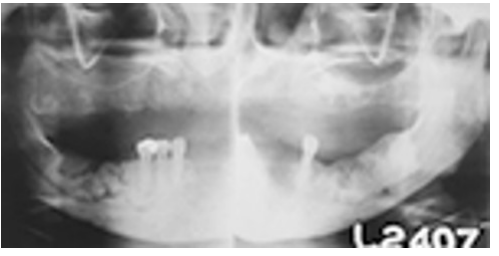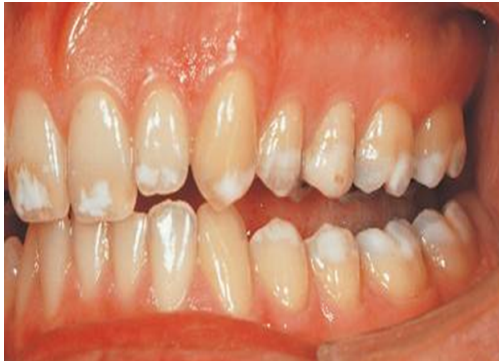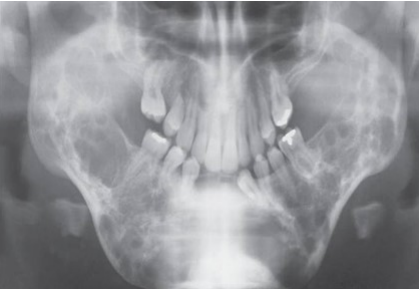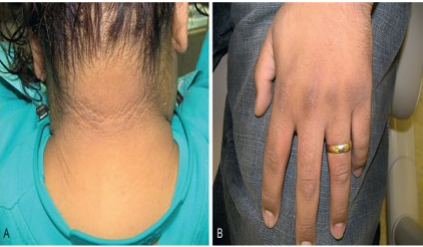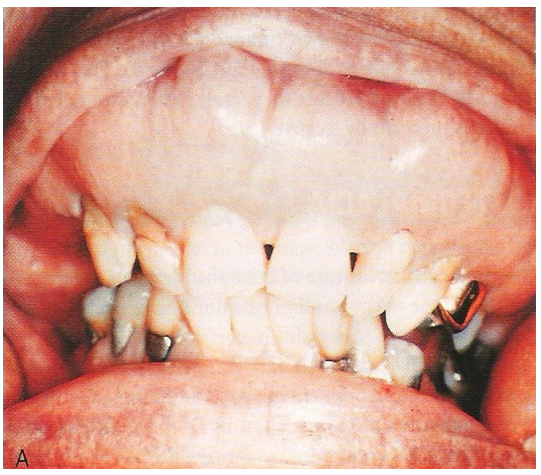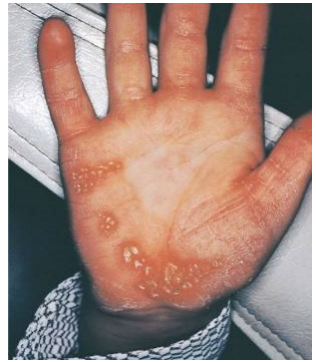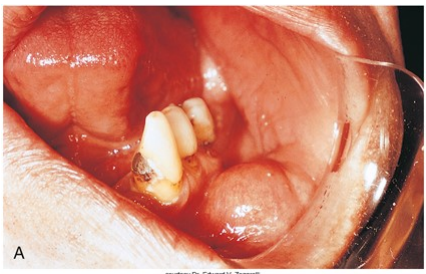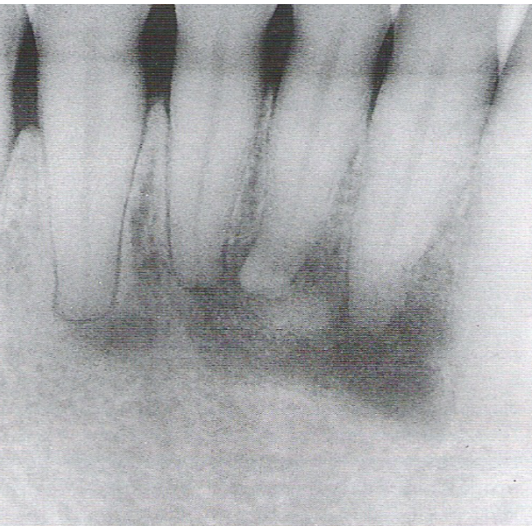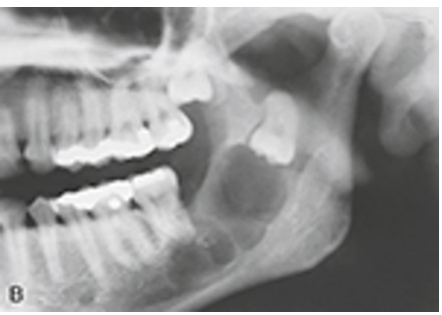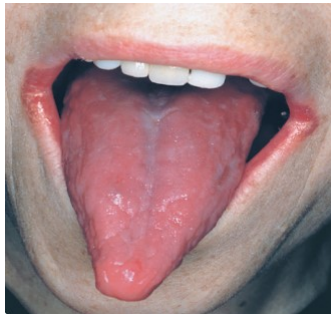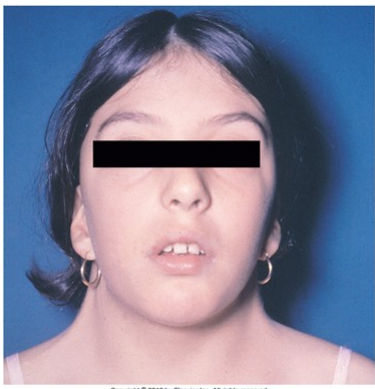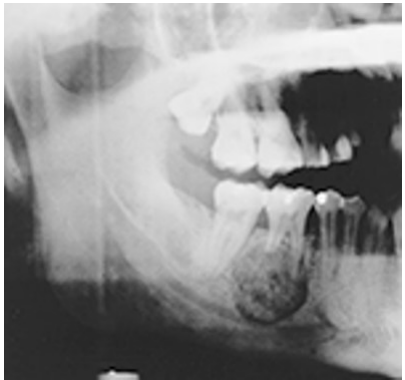Oral Path Final Part II
{"name":"Oral Path Final Part II", "url":"https://www.quiz-maker.com/QPREVIEW","txt":"The onset of this condition is explosive. It is characterized by skin and mucosal lesions. The skin lesions are referred to as target, iris, or bull’s eye lesions. The mucosal lesions affect the buccal mucosa, lips, and tongue and appear as superficial ulcerations. The lip lesions are ulcerated, encrusted, and bloody. On the basis of this description, which condition is suspected? Erythema Multiforme, Cyclic neutropenia is, A patient with Ellis–van Creveld syndrome will","img":"https://www.quiz-maker.com/3012/images/ogquiz.png"}
More Quizzes
Title IX
8419
Evolution color quiz
147100
July 2017 NexusPass® Application Test
840
Grit Scale 5
10518
Master Photography Vocabulary - Test Your Camera Terms
201032418
Free Ride Operator Safety
201023507
Quick: Master How to Divide into a Ratio Easily
201040409
Colloquium in Acting: Voice
15834648
The Devil's Arithmetic Movie Rating - Test Your Knowledge
201030148
Free 7.07: Sound Review
201022117
Good Work Amelia Bedelia: Test Your Book Knowledge
201023891
Free Ethics: Practice Test
201024089
